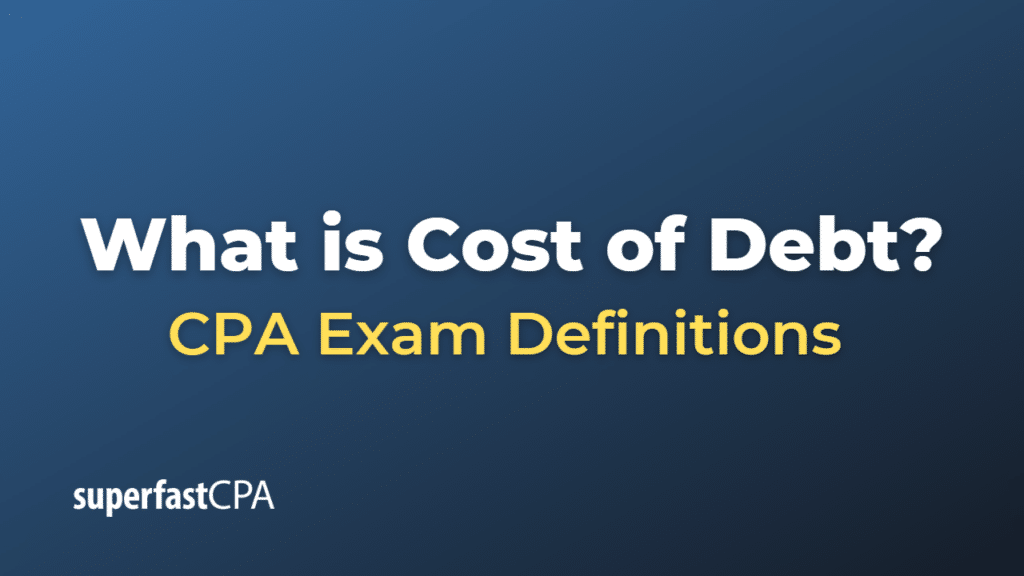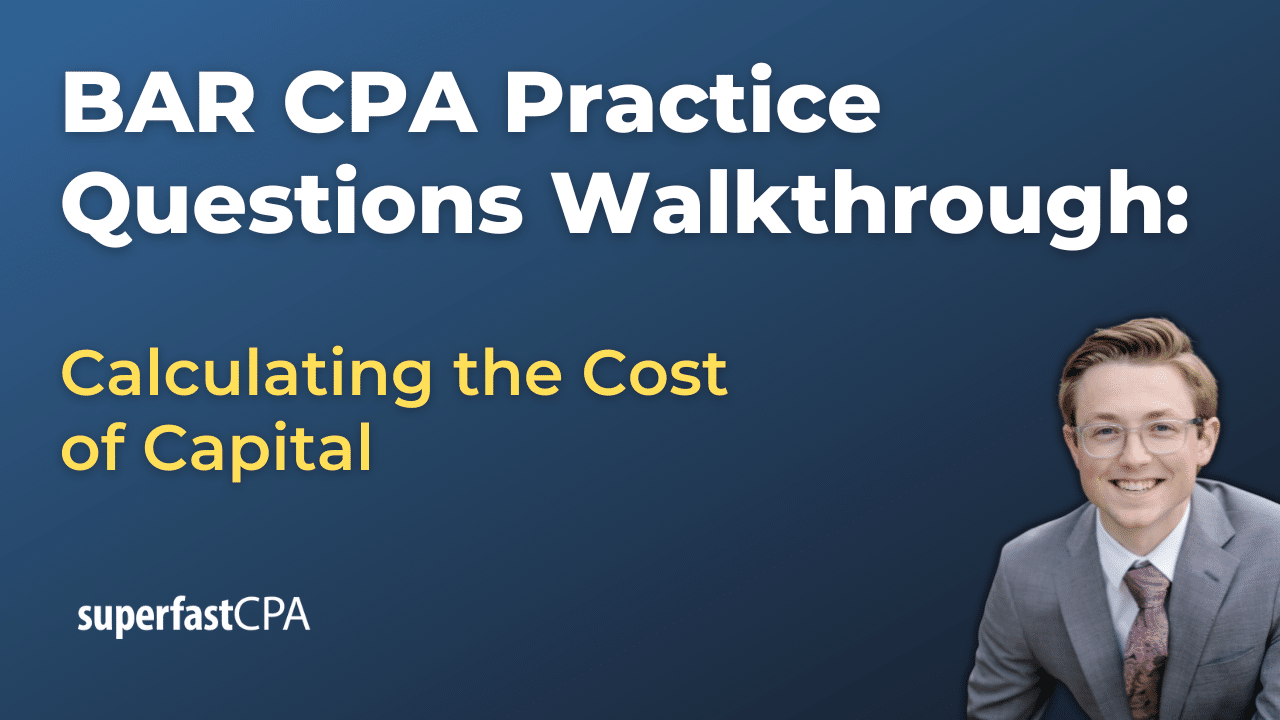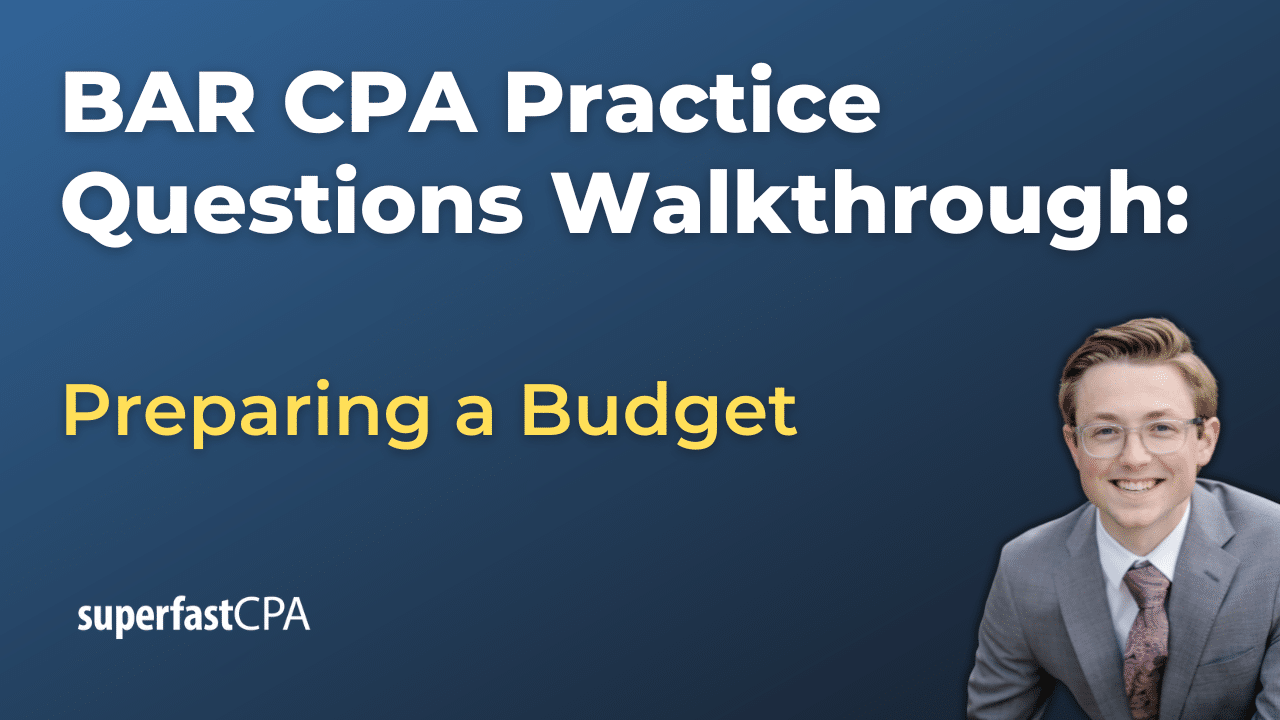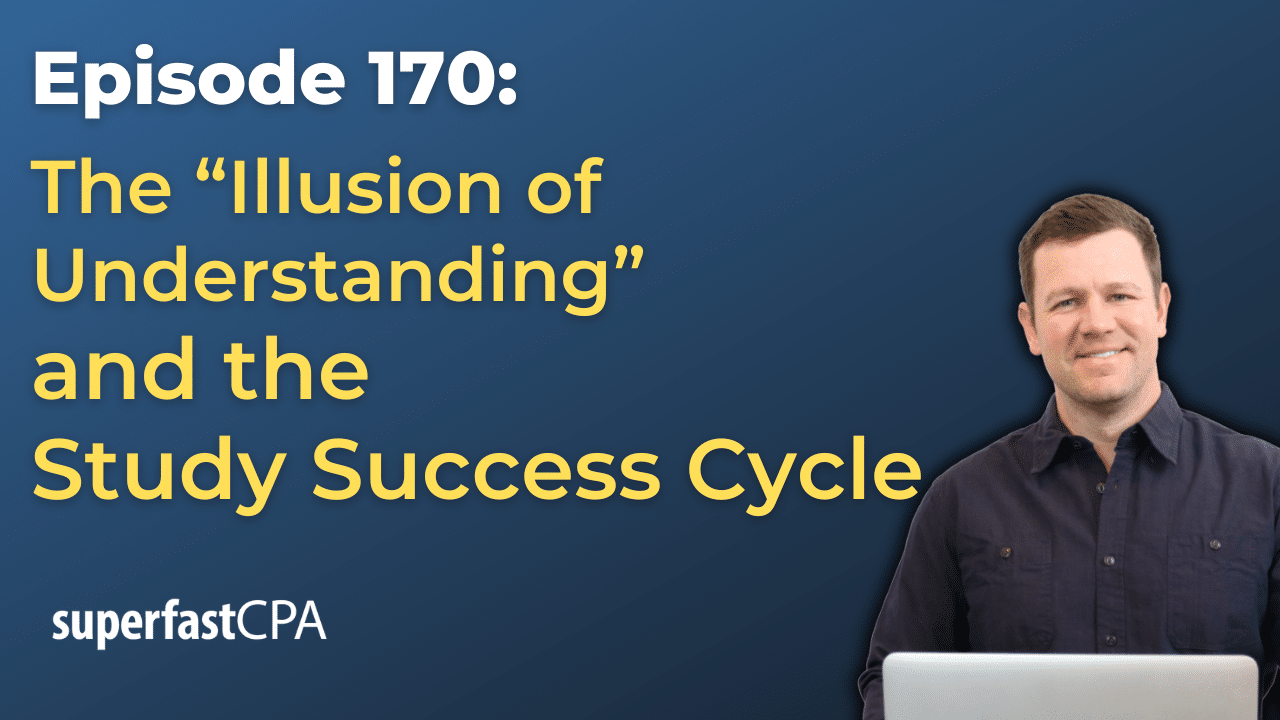Cost of Debt
The cost of debt is the effective interest rate a company pays on its debts. It’s a part of the company’s capital structure, which also includes the cost of equity.
The cost of debt is used in financial analysis, for instance, in calculating the Weighted Average Cost of Capital (WACC). The cost of debt is usually less than the cost of equity, because debt often has collateral backing—making it less risky to lenders—and interest expenses are tax-deductible, which can lower the net cost.
The formula to calculate the cost of debt (before tax) is:
\(\text{Cost of Debt} = \frac{\text{Total Interest Expense}}{\text{Total Debt}} \)
Often, we consider the tax implications because interest expense is tax-deductible. The formula for the after-tax cost of debt is:
\(\text{After-tax Cost of Debt} = \text{Cost of Debt} \times \text{(1 – Tax Rate)} \)
Example of Cost of Debt
Let’s say we have a hypothetical company called “TechABC” that has taken on a total debt of $2,000,000. The annual interest payment that TechABC pays on this debt is $150,000. The corporate tax rate for TechABC is 25%.
First, let’s calculate the before-tax cost of debt:
\(\text{Cost of Debt} = \frac{\text{Total Interest Expense}}{\text{Total Debt}} \)
\(\text{Cost of Debt} = \frac{\$150,000}{\$2,000,000} = \text{0.075 or 7.5%}\)
Now, let’s calculate the after-tax cost of debt:
\(\text{After-tax Cost of Debt} = \text{Cost of Debt} \times \text{(1 – Tax Rate)} \)
\(\text{After-tax Cost of Debt} = \text{7.5%} \times (1 – 0.25) = 5.625 \)
So, the after-tax cost of debt for TechABC is 5.625%. This represents the real cost of the debt to the company, taking into account the tax benefit that TechABC receives from the interest expense deduction.













